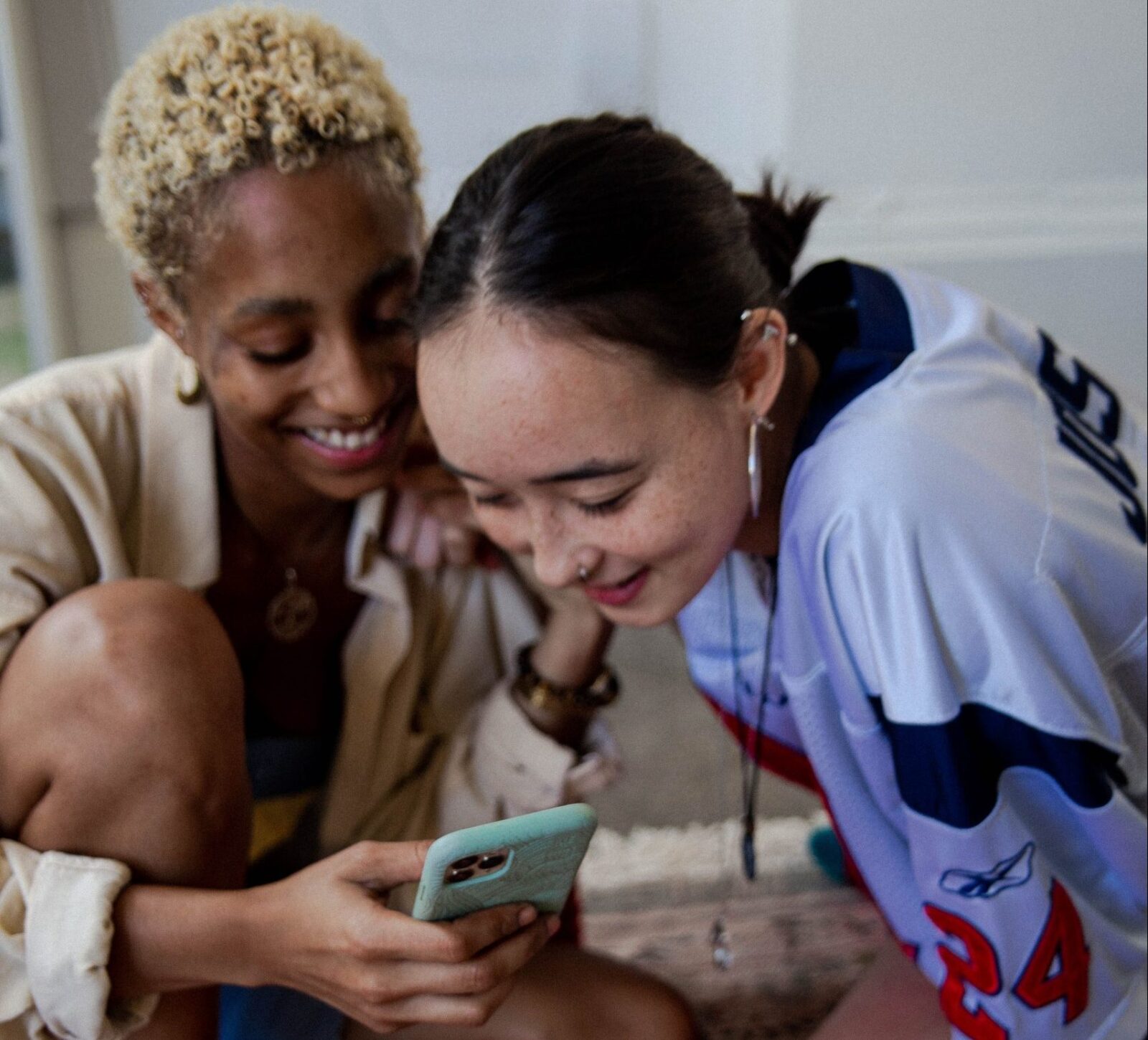14 August 2009
What is Wiki Educator?
WikiEducator is an online global community of educators working collaboratively to develop and share free educational content.
Solutions

Coaching Story: The Cochrane-Iroquois Falls Adult Learning Centre (Newsletter summary)
At AlphaPlus, we’re we often asked questions like, What are other programs doing? or How are programs like ours using digital technologies and devices? To help answer these frequent questions, we’re sharing how one community-based program in Cochrane Iroquois Falls embraced technology solutions across their program.
In February 2018, technology consultant Maria Moriarty visited the Cochrane and Iroquois Falls Adult Learning Centre to deliver technology coaching and training in collaboration with the learning centre team. Maria used this opportunity to ask the learning centre’s literacy practitioners what they’re doing with technology, how they’re using digital technologies and their advice for other programs. Here’s what they had to say.
What technology devices are you currently using?
We use a combination of devices. From most effective to least effective, they are:
Peripherals we use include noise-cancelling headphones, a scanner that is dedicated to a Kurzweil Pro Learn Station and a smart TV with AirPlay and Chromecast capabilities.
How are you using technology in the program?
What are the benefits of using technology in your program?
A tablet can provide much more than just access to resources. It can be a diverse teaching tool that gives more independence to the learner and can supplement every aspect of a learner’s progress.
If they’re having trouble with a question that isn’t in the answer key, they can access Photomath to look up the steps. Those who would rather figure things out on their own and may only need one small part of the answer explained can fast-forward a YouTube video to the spot where they explain the one part they forgot. This gives the learner the freedom to succeed independently.
With a class of 10-15 staggered starts on different goal paths and each with a unique learning style, a practitioner can really see the benefit of using a device that takes care of the pedantic parts.
What have you learned from implementing technology into the program?
It really does improve the learner experience
Confident learning comes from having access to the best means of expression for each learner. If someone has information to share but cannot share it for whatever reason, everyone loses out. If you give a speech-to-text-enabled iPad to a strong orator (who is also a struggling scribe), that person can share written communication as well as anyone else. Likewise, a struggling reader can reinforce their understanding of difficult text passages and proofread their own written work by having Siri read it back to them.
This provides a new frontier of curiosity. When a learner knows they can solve most problems quickly and easily, they are often more likely to stretch to learn things they would not have felt comfortable inquiring about in a traditional pedagogy. When Google can resolve a question without the fear of being judged, some people are more inclined to seek out answers.
Technology helps build practical skills
What advice or tips do you have for other LBS programs?
Read the in-depth interview here: Encouraging experimentation and exploration